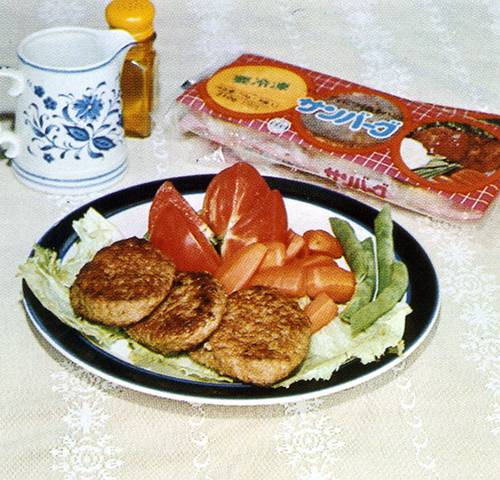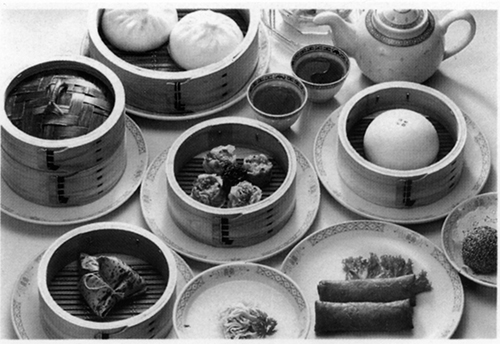100 Stories1935 Asahi Aji™ Umami Seasoning - Breaking into the Food industry with a Good Spread on Dining Tables Around Japan
Asahi Aji™ seasoning, with its cute retro can with a chick logo, was a solid favorite. This product, which can be considered the original umami seasoning, is a historical product that marked the beginning of the Asahi’s involvement in the food industry.
The production of monosodium glutamate, the raw material for Asahi Aji™, began in 1961 Asahi’s foray into the food industry was a major first step in the company's subsequent trajectory as a comprehensive manufacturer of food, clothing, and shelter.
The production of monosodium glutamate, which was how the company got into the food industry, had been started in 1935, and was originally carried out by the Chemicals Division. It had already been exported overseas before World War II, but it was not popularized throughout the world and was limited to parts of Southeast Asia, where consumption was high, and Hawaii, where there were many Japanese-Americans.
However, since the U.S. used it for military food during the war, it began to gain popularity worldwide after the war. As the food situation improved in Japan, Asahi Aji™ production increased. In addition to domestic sales, the company began exporting to Hong Kong, Thailand, Singapore, and other countries.
The production facilities were also sequentially expanded to meet the increased demand. In September 1955, the monthly production capacity was 50 tons, and by July 1959, it had expanded to 114 tons. In June 1958, the company signed a contract with Toyo Jozo, which possessed fermentation technology, for the commissioning of a test for the industrialization of glutamic acid via fermentation, with the aim of further increasing production.
After much research, an Asahi Aji™ production facility was completed in August 1960, with a monthly production capacity of 275 tons. This had an impact on the domestic and international monosodium glutamate market, and full-scale reorganization of the Food Department within the company was underway. In April 1961, the Foods Division was established.
Thereafter, the company not only expanded its lineup of seasonings to products such as beef extract and seafood extract, but also entered the processed food market and began selling the Sunburger™ (frozen hamburger steak). In 1982, Asahi Foods was established and expanded from food products for industrial use to consumer products, developing many popular products such as frozen, “Tenshinbo,” a high-end Chinese food ingredient, and “Marutako-kun,” a chilled octopus dumpling. The engineer's spirit was evident in his pursuit of not only convenience but also taste, such as the Freshly Cooked Microwaveable Food Series of frozen food products that were well received for their truly delicious taste.
In addition to product development, the company also made strategic mergers and acquisitions as part of its efforts to strengthen its industry foundation, including the establishment of a new company in cooperation with other companies and the acquisition of Australian meat processor Hans Continental Smallgoods.
The Foods Division had been making rapid progress, but the announcement of the ISHIN2000 medium-term management plan at the time changed the fate of the division.
The ISHIN 2000 included a plan to reorganize the division to focus on core businesses. Although the Foods Division was a profitable industry at the time, it had little synergy with core businesses, and its dominance in the industry was not sufficient to develop the industry independently, which led to the decision to withdraw from the industry.
Then, in January 1999, when Japan Tobacco (JT) approached the company, the decision was made to transfer the food industry to them. JT had been focusing on expanding its food industry as part of its diversification strategy, and had achieved success in the beverage industry with products such as Natural Peach-Water. The company was the best choice for the transfer of the industry in that it was a company with a promising future for its employees.
Since the early postwar period, Asahi’s food industry has been a staple on Japanese and international tables. The technology and spirit of this industry was further developed at Table Mark, a subsidiary of JT, and continues to see use in typical Japanese households today.
 Completed seasoning factory (1935)
Completed seasoning factory (1935)
 Frozen Sunburger™
Frozen Sunburger™
 Tea and dim sum; Frozen “Tenshinbo”
Tea and dim sum; Frozen “Tenshinbo”

